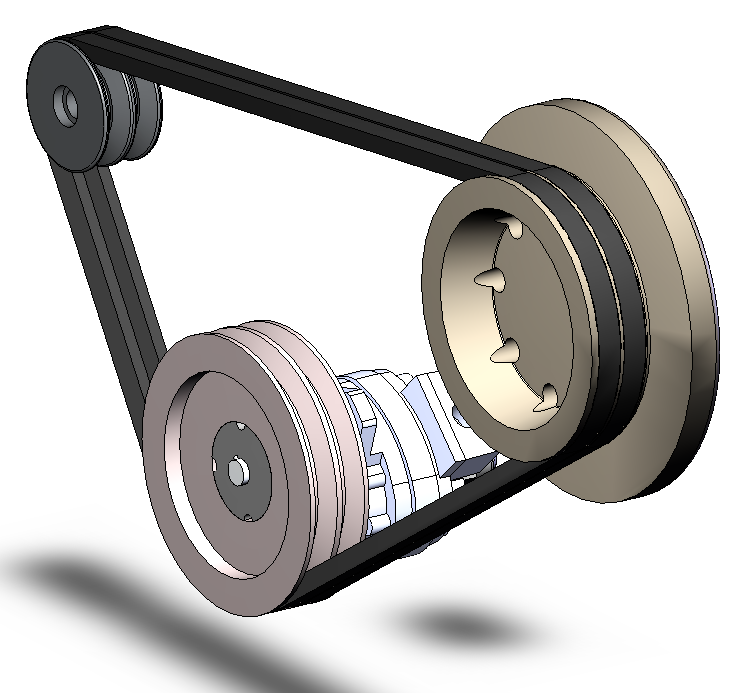Residual current devices (RCDs) are arguably the most important electrical safety devices for human beings in both residential and industrial settings. Where circuit breakers function to protect electronic devices and electrical systems from electrical overload, the residual current device is designed to cut the flow of electricity to your circuit when it detects that the flow of electricity is going to travel down an unwanted path. The speed at which the RCD cuts the electrical flow varies from 40 to 300 milliseconds after the detection of a fault. They are not failproof, however, and many factors influence the speed of response. This article examines the simulation of an RCD to determine the factors that affect its response times.
Read the articlesoftware
The fully integrated 3D tolerance analysis software tool provides the invaluable insight needed to confidently release designs for manufacture and inform the selection of appropriate tolerances to achieve your variation goals efficiently.
cetol eztol gdtadvisor tollerances

CASE STUDY
A virtual prototype of a belt must necessarily include the high flexibility of the belt itself, as well as a detailed description of the contacts. This is another scenario where RecurDyn provides better functionality than its competitors.
multibody mbd-ansys recurdyn